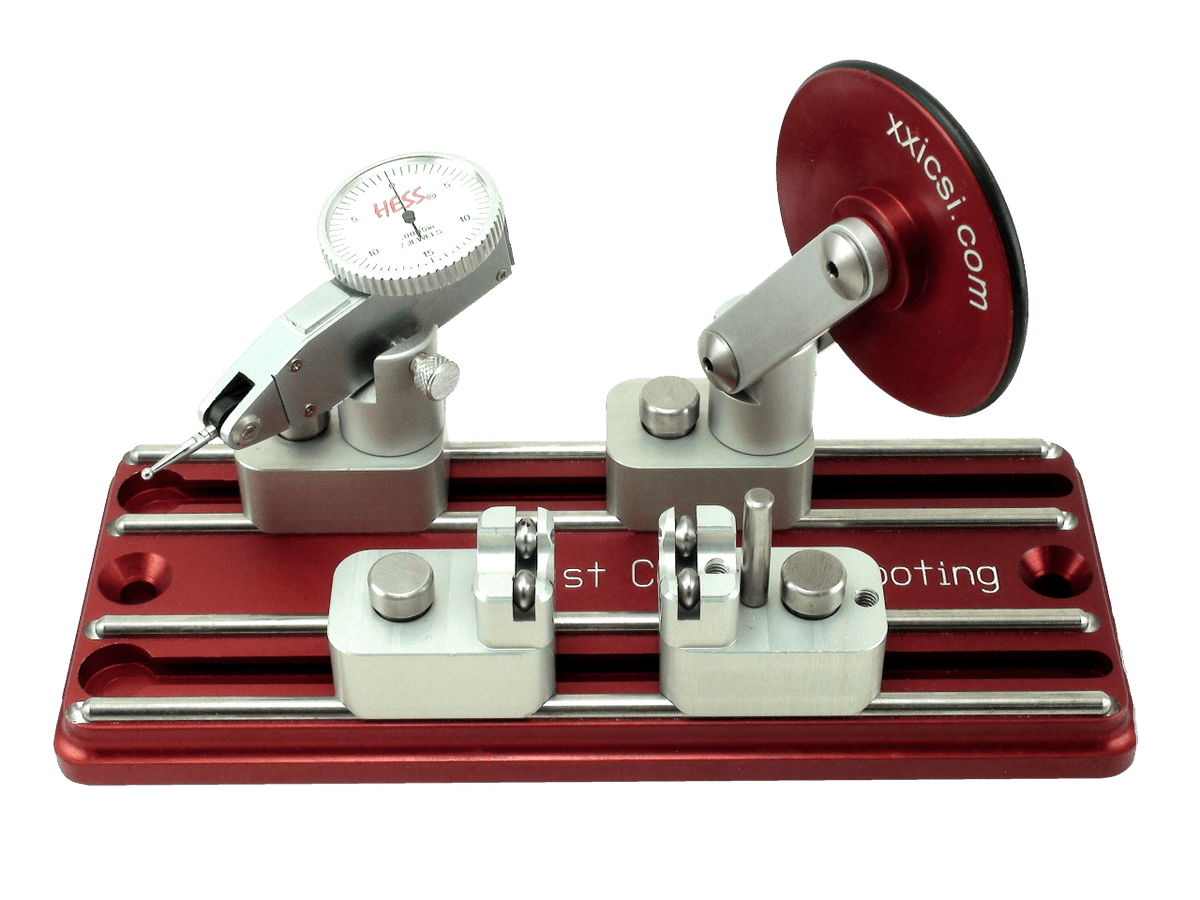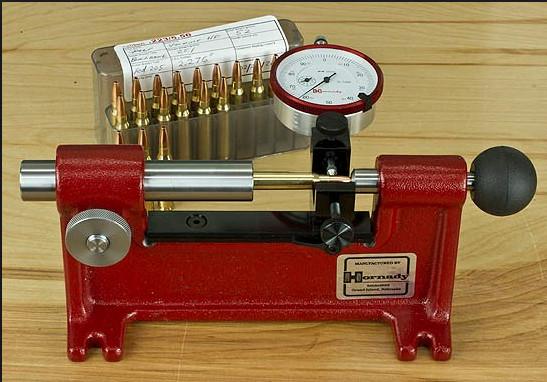Gene Allen
Active Member
Hello: I have a couple of questions on the Redding bushing dies C-1 type S FL sizer for a 300 win, I am using regular Peterson brass. I am currently using an old RCBS BAR fl from when I had a Browning 300 auto & a RCBS neck die till my brass expands enough to need bumping and a Redding competition seating die. I am having a problem with run out sometimes as much as .007, I am wondering if the new die when I get it will cure this problem? Any advice on use of the new die wou be greatly appreciate, I also ordered.333, .334 and .335 bushings. I am using 208gr Berger hibrid bullets. Thanks Gene



